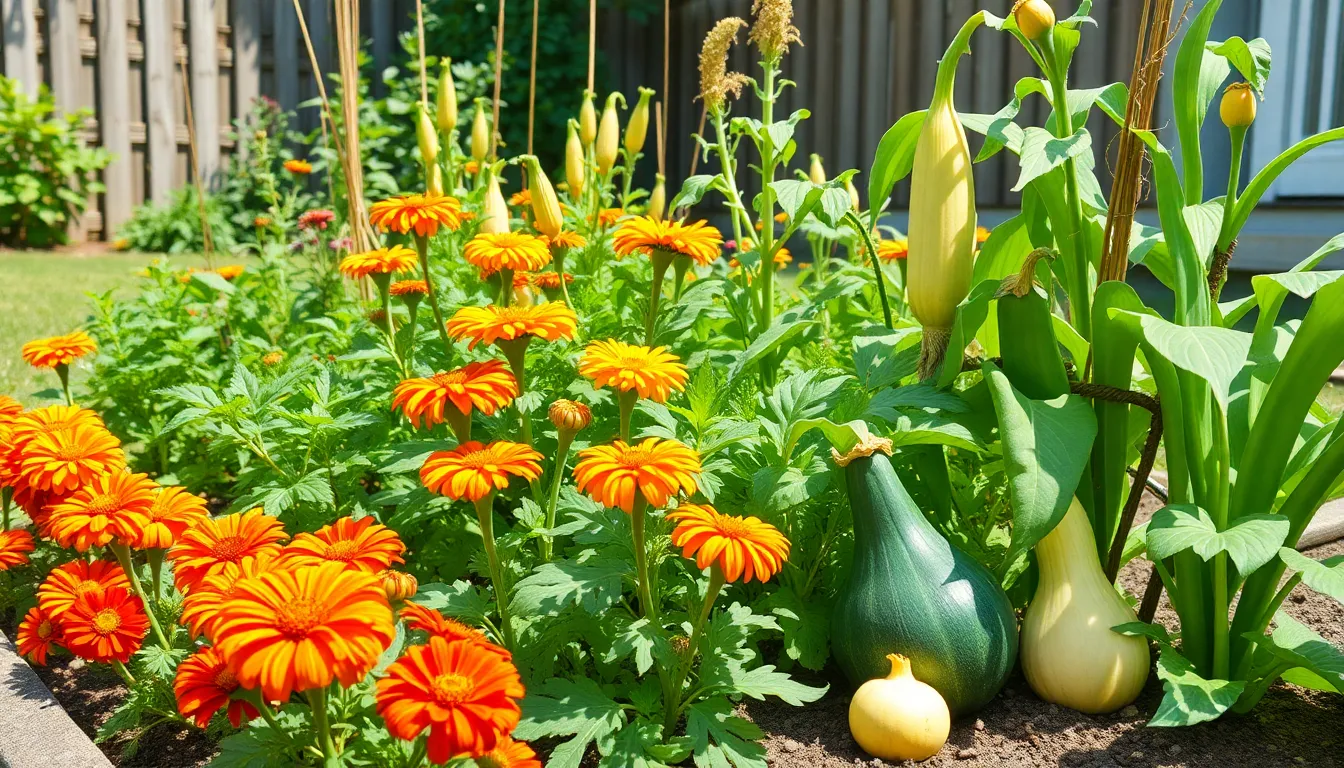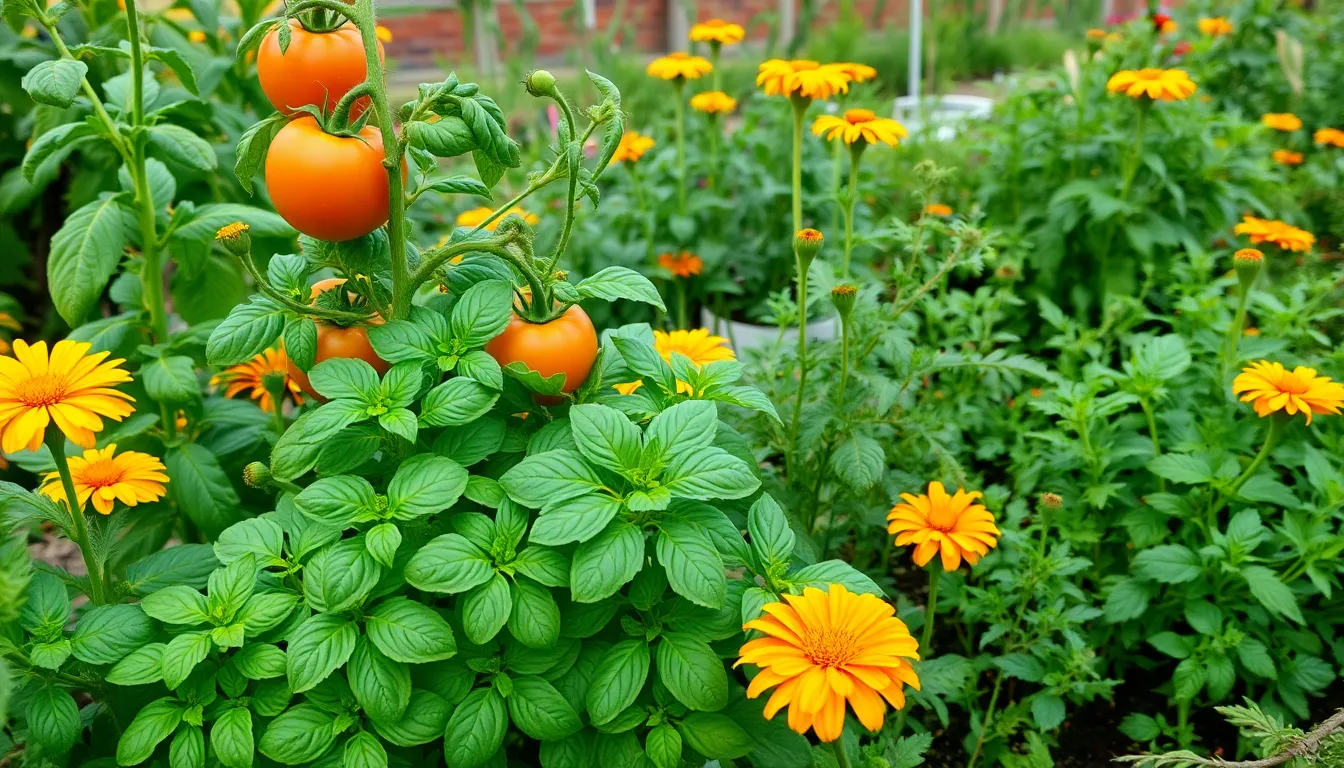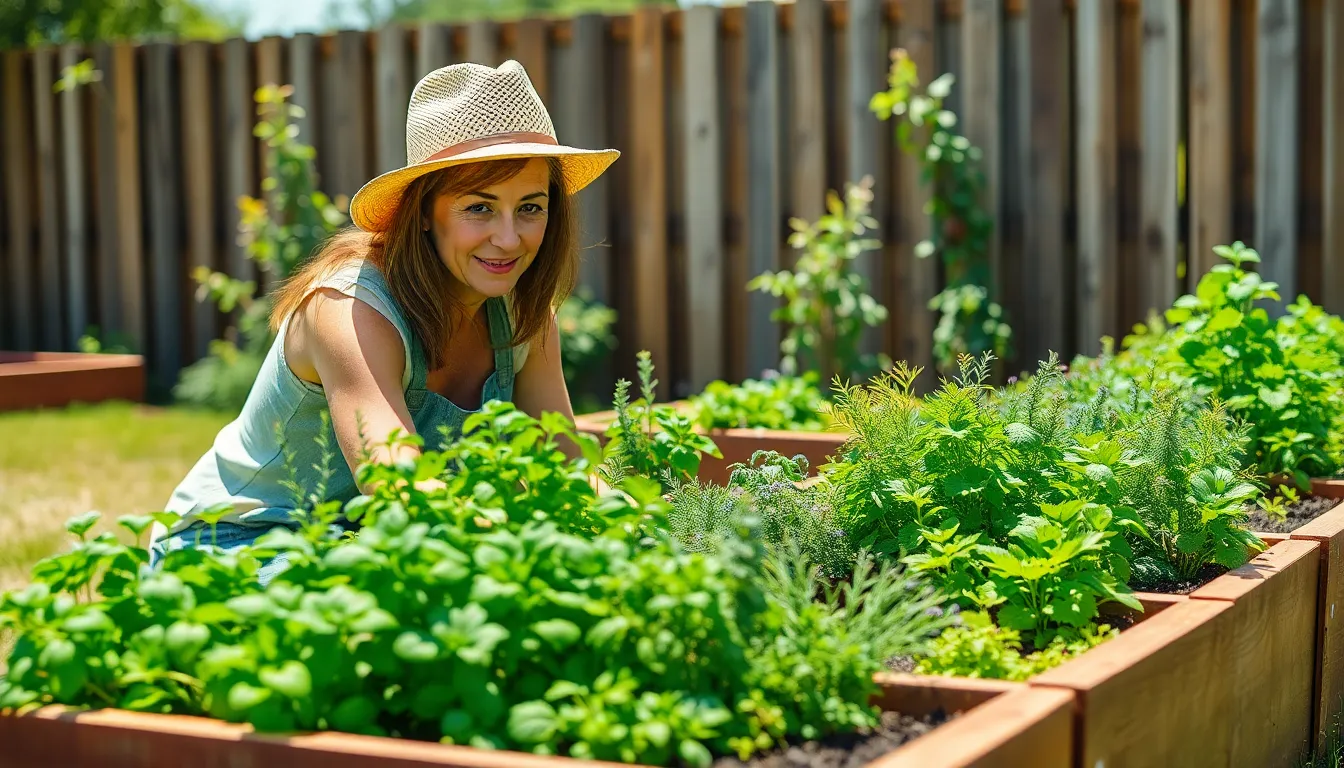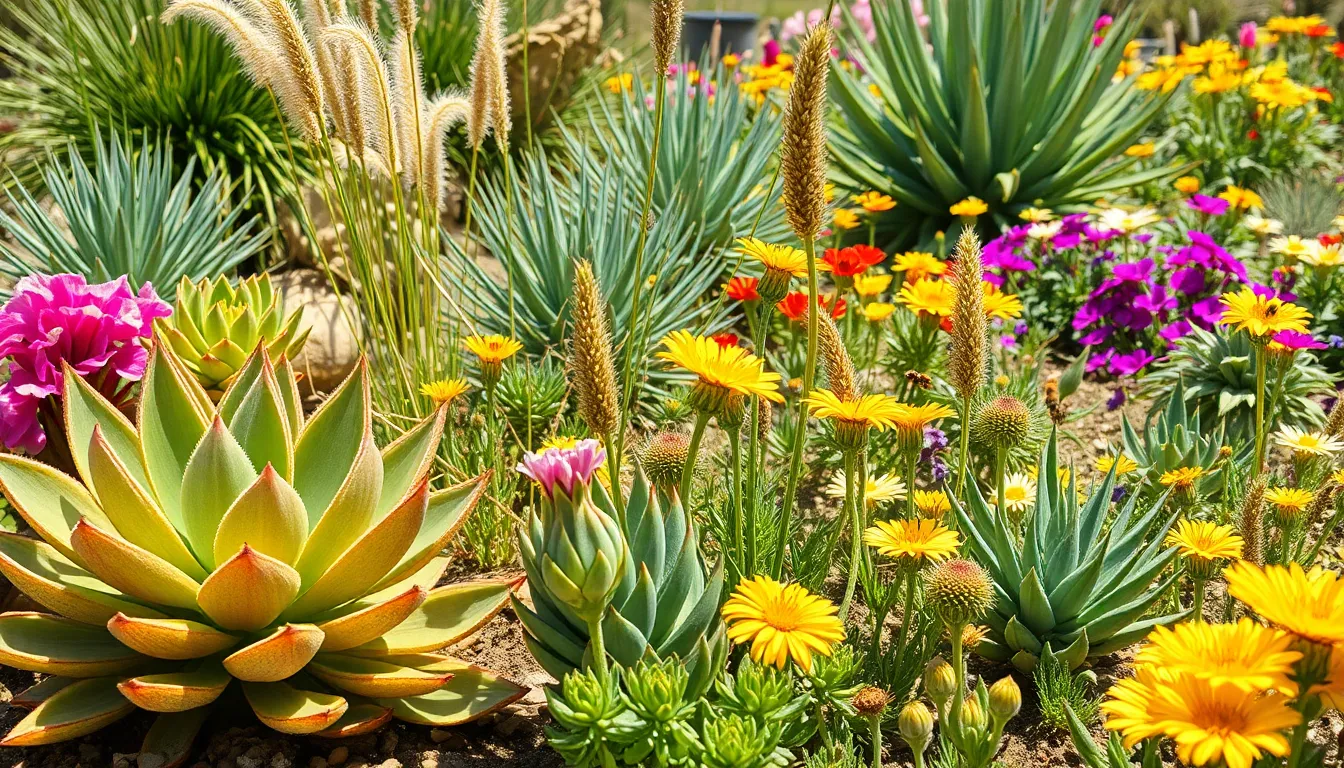In the world of gardening, companion planting stands out as a natural method to enhance plant growth and deter pests. This age-old practice involves strategically placing different plants together to create a harmonious ecosystem that benefits all parties involved. By understanding the relationships between plants, gardeners can cultivate a thriving garden without the need for harmful chemicals.
Companion planting isn’t just about maximizing space; it’s about fostering biodiversity and improving soil health. Certain plants can attract beneficial insects, repel unwanted pests, or even enhance the flavor of their neighbors. As more gardeners embrace sustainable practices, the art of companion planting offers a simple yet effective way to create a flourishing garden that thrives on cooperation and balance.
Table of Contents
ToggleWhat Is Companion Planting?
Companion planting refers to the practice of growing different plant species in proximity to promote mutual benefits. It utilizes the natural relationships between plants to enhance growth, deter pests, and improve overall garden health.
Specific plants attract beneficial insects, such as pollinators and natural predators of harmful pests, improving biodiversity in the garden. Others may release natural compounds into the soil or air that repel pests or diseases.
Example pairings include:
- Tomatoes and Basil: Basil can improve tomato flavor and act as a pest deterrent.
- Carrots and Onions: Onions repel carrot flies, protecting the carrots.
- Marigolds and Various Vegetables: Marigolds deter nematodes and other pests while attracting beneficial insects.
This technique encourages a balance in the garden and supports sustainable gardening practices, making it increasingly popular among gardeners. By understanding the interactions between different plant species, gardeners can cultivate healthier and more productive gardens.
Benefits of Companion Planting

Companion planting offers several advantages, benefiting both plant health and garden productivity. Key benefits include pest control, enhanced growth, and improved soil health.
Pest Control
Companion planting helps deter pests naturally. For instance, planting marigolds alongside vegetables repels aphids and nematodes, reducing the need for chemical pesticides. Similarly, basil planted near tomatoes confuses and deters tomato hornworms. Incorporating diverse plant species creates an environment that discourages pests, promoting healthier crops without harmful interventions.
Enhanced Growth
Companion planting fosters enhanced growth among neighboring plants. Specific pairings, like corn, beans, and squash—known as the Three Sisters—demonstrate this synergy. Corn provides support for climbing beans, beans fix nitrogen in the soil, and squash spreads across the ground, blocking weeds. Such cooperation contributes to increased yields and healthier plants, allowing gardeners to maximize their garden’s potential.
Improved Soil Health
Companion planting contributes to improved soil health by enhancing microbial diversity. Certain plants, such as clover, fix nitrogen and enrich the soil, benefiting nearby crops. Additionally, deep-rooted plants, like carrots, aerate the soil, promoting water infiltration and nutrient uptake. This relationship between plants strengthens the overall ecosystem, resulting in fertile ground for future growth.
Popular Companion Planting Combinations
Companion planting optimizes growth and pest control through strategic plant pairings. Below are specific combinations that gardeners can utilize for enhanced results.
Vegetables and Herbs
- Tomatoes and Basil: Tomatoes benefit from the aroma of basil, which repels pests like whiteflies and enhances flavor.
- Carrots and Onions: Carrots deter carrot flies by growing alongside onions, whose scent confuses these pests.
- Cabbage and Dill: Dill attracts beneficial insects that prey on cabbage worms, providing natural pest control.
- Pepper and Marigold: Marigolds deter nematodes and other pests, protecting pepper plants and improving growth.
- Squash and Nasturtium: Nasturtiums attract aphids away from squash while deterring squash bugs with their strong scent.
Flowers and Vegetables
- Marigolds and Various Vegetables: Marigolds repel numerous pests, protecting plants like tomatoes, peppers, and cucumbers.
- Borage and Strawberries: Borage improves strawberry growth and flavor while attracting pollinators and deterring pests.
- Calendula and Lettuce: Calendula attracts beneficial insects that help protect lettuce from aphids and other garden pests.
- Zinnias and Cucumbers: Zinnias attract pollinators and beneficial predatory insects, supporting healthy cucumber growth.
- Sunflowers and Beans: Sunflowers provide shade for climbing beans while attracting pollinators to enhance bean yields.
These combinations demonstrate the effectiveness of companion planting, fostering both plant health and garden productivity through strategic partnerships.
How to Implement Companion Planting
Implementing companion planting involves careful consideration of garden layout and plant selection to maximize benefits. This approach requires planning and knowledge of plant relationships to enhance growth and deter pests effectively.
Planning Your Garden Layout
Planning the garden layout starts with identifying available space and sunlight exposure. Organize plants based on their height, ensuring taller plants, like corn, do not shade shorter ones, such as lettuce. Place plants with different root structures in close proximity; for instance, deep-rooted plants, like tomatoes, can share space with shallow-rooted herbs, such as basil. Additionally, group plants that benefit one another; for example, intersperse marigolds with vegetables to attract beneficial insects and repel pests.
Choosing the Right Plants
Choosing the right plants centers on understanding their compatibility. Select plants that have mutual benefits; for example, carrots and onions work well together as onions repel carrot flies. Basil pairs effectively with tomatoes, enhancing flavor and warding off pests. Incorporate nitrogen-fixing plants like clover alongside heavy feeders such as corn, which improves soil fertility. Research specific combinations, considering your climate and soil conditions, to ensure successful partnerships that promote healthy, productive gardens.
Companion planting offers a sustainable approach to gardening that maximizes plant health and productivity. By understanding the natural relationships between different species, gardeners can create thriving ecosystems that deter pests and enhance growth. This method not only improves soil health but also fosters biodiversity, making gardens more resilient.
As gardeners explore various plant combinations, they’ll discover the unique benefits each pairing brings. Whether it’s the aromatic basil with tomatoes or the protective marigolds with vegetables, the possibilities are endless. Embracing companion planting can transform any garden into a vibrant and productive space, ensuring a bountiful harvest season after season.




